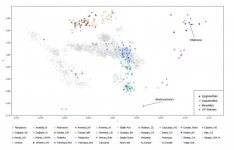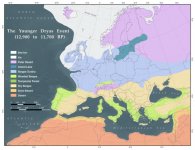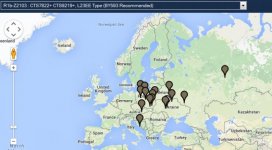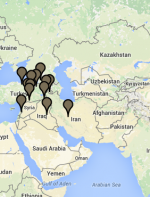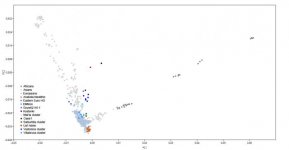Silesian
Junior Member
- Messages
- 738
- Reaction score
- 104
- Points
- 43
- Ethnic group
- Citizen of Earth.
- Y-DNA haplogroup
- R1b-BY593
- mtDNA haplogroup
- U5b2a2
http://wizzyschool.com/images/early%20man/human%20fossil%20sites.gif
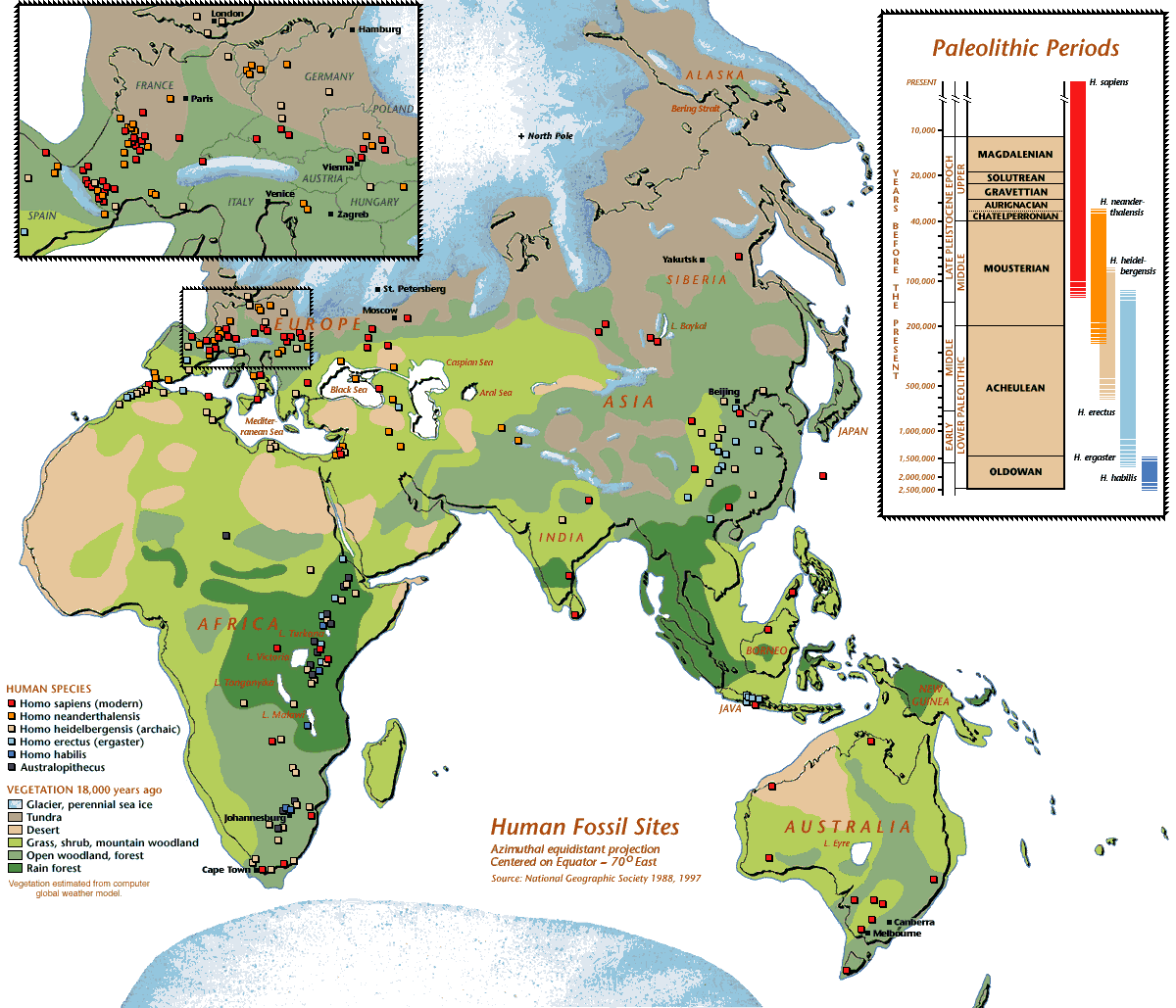
http://s24.postimg.org/tbvhtfpcl/R1a_vs_R1b.png

R1a and R1b split around 22,000YBP that does not leave a lot of time considering the distance between the samples. A parsimonious explanation will be needed.
R1b M-73[R-M478-formed 13500 ybp, TMRCA 7300 ybp] is on the Steppe and R1b-V88 R-M18[formed 17200 ybp, TMRCA 10200 ybp] is already confirmed find in Cagliari, Sardinia.
http://www.ancestraljourneys.org/palaeolithicdna.shtml
Sergey M. is placing the Villabruna 14k+/-ybp sample with additional snp's at L754+[ R1b1a on current ISOGG tree] At or near R1b base.
https://www.yfull.com/tree/R1b/
P224, M734, P285, P227, P294, P242, P238, P245, M173, P286, P236, M306, L278. [Derived for additional SNPs L754/PF6269/YSC0000022+, A702/Z8137+, CTS4244/PF6257/YSC0001279/V2997+, CTS7585+, C41/M12190/SK2062/V1501/Z8135/Y108+, L1345/PF6266/YSC0000224+, L761/PF6258/YSC0000266+, L774/PF6245/YSC0000277+, PF6263+, PF6271+ which make it R1b1a on current ISOGG tree]
I really can't see any R1b coming from the Near East. That is probably why no samples where found in Anatolia. Also the R1b Z2103+ samples are practically buried on top or beside the R1b-m73 on the Steppe. Non of the Steppe samples came back R1b-L584+; that is significant because that is what you would expect if it came from the lower Caucasus or Iran. Also Armenian are of hand about 80% R1b-L584 if I remember correctly. It looks like all the action including maybe the R1a split was within a certain region or band. Lets see what more samples show.
Eurogenes.
http://eurogenes.blogspot.ca/
It is hard to imagine all this started from the tiny blue star at the far left of this plot.
